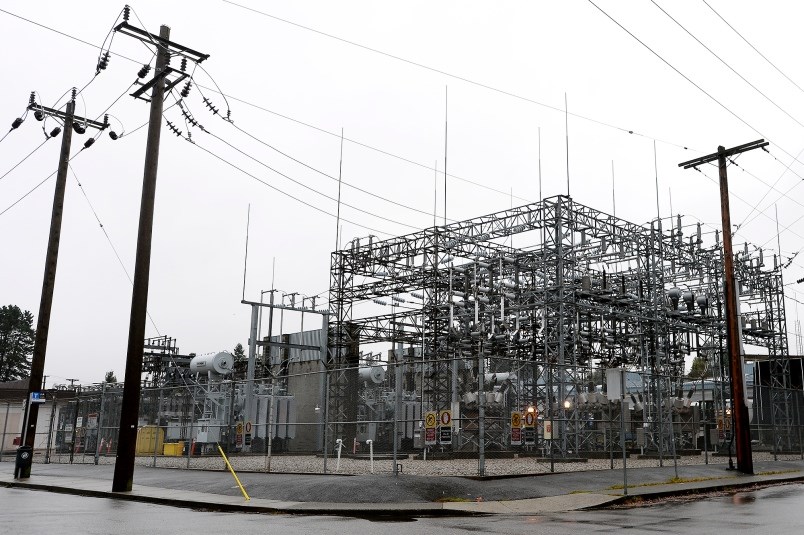Many New West residents got a bit of a shock when they opened up their first electrical bills of 2022.
Since mid-January, dozens of local residents have taken to Facebook pages related to New Westminster to question and comment on increases to their electrical bills. Many stated they’d be taking concerns about their electrical utility bills to city hall.
Rod Carle, general manager of the city’s electric utility, said he hadn’t personally heard from any residents about their bills, but suggested a few factors may have contributed to increases on residents’ most recent electrical bills.
“Our residential billing is every two months. We had the rate increase on the 1st of January so they may just be seeing for the first time the bill at the new rates,” he said. “That might be one of the items.”
Carle noted that temperatures plummeted to near-record lows between Christmas and New Year’s, prompting some people to turn up the heat.
In response to the unseasonally cold temperatures that were being forecast at the end of 2021 and in the first days of 2022, the city took to social media to advise residents to turn off lights that aren’t needed, to turn off outdoor Christmas lights before going to bed, to lower the temperature of their thermostats before leaving home and to avoid unnecessary electrical consumption during peak times of the day (6 to 8 a.m. and 5 to 7 p.m.). The notice stated that extreme cold weather places an additional load on the city’s electrical grids, so customers were asked to consider conserving energy during this period.
As part of the 2022 budget, council approved a 2.8% increase to this year’s electrical utility rates. The city is also forecasting 2.8% increases in 2023, 2024, 2025 and 2026 as a way of avoiding fluctuations in electrical bills to residents and businesses, helping the city manage through uncertainty around commodities prices and climate risk, maintaining healthy reserves for routine renewal and replacement of existing assets and addressing long-range infrastructure planning.
In addition to the 2.8% increase, Carle said the utility bills also include a 3.5% climate action levy and a 2.5% raterider.
“We have got quite a bit of capital work going on right now. We have got the Queensborough substation at $25 million in the budget. We have got automated meters at about $10 million. So there is $35 million, and then there are some other smaller amounts within our capital program,” he said. “I know finance (the city’s finance department) has really been watching the reserves and wanting to keep that level fairly consistent. There is some debt financing that we are trying to cover off with these projects.”
In late 2019, the city approved a new climate action levy to help fund the city’s climate emergency response. The levy was implemented on Jan. 1, 2020 – but was eliminated just a few months later as a way of minimizing the financial impact of COVID-19 on taxpayers.
“It was in for about three or four months and then we cancelled it,” Carle said.
The city reinstated the climate action levy in 2021.
Carle said the 2.8% tax increase and the increased usage during the cold snap would likely explain why some folks were surprised by the amount due on their most recent bills. He noted that if people still have their bills from last winter, he said they would be able to compare their energy consumption from winter 2020 to winter 2021.
“If their last bill was just early December, they are just seeing their bill for the first time with the new rate increases,” he said.
In other electrical utility news, work on the new electrical substation in Queensborough is continuing.
“It’s maybe one-third done right now,” Carle said. “It’s supposed to be in service hopefully at the end of September, early October.”


